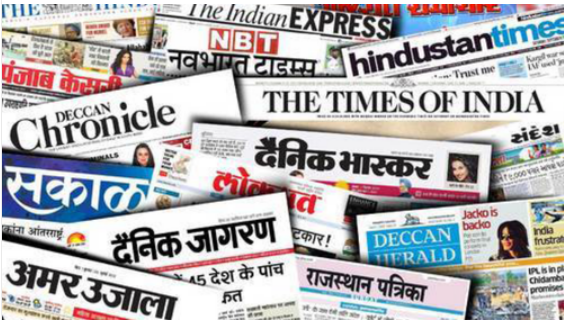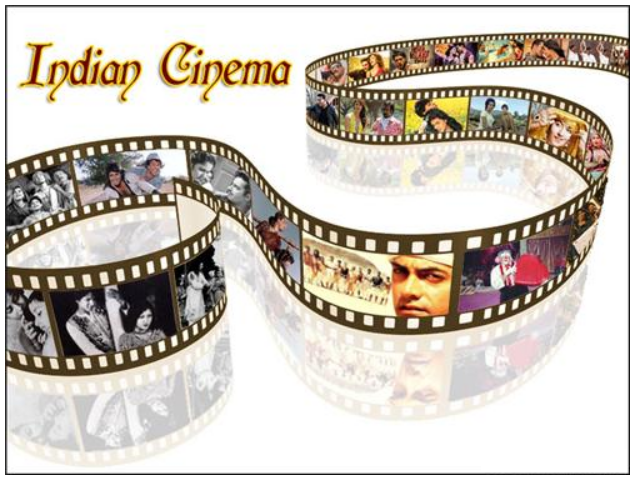Communication
Lifeline Of National Economy of Class 10
Personal communication and mass communication including television, radio, press, films, etc. are the major means of communication in the country.
INDIAN POST:
The Indian postal network is the largest in the world. It handles parcels as well as personal written communications. Cards and envelopes are considered first–class mail and are airlifted between stations covering both land and air. The second–class mail includes book packets, registered newspapers and periodicals. They are carried by surface mail, covering land and water transport. To facilitate quick delivery of mails in large towns and cities, six mail channels have been introduced recently. They are called Rajdhani Channel, Metro Channel, Green Channel, Business Channel, Bulk Mail Channel and Periodical Channel.

TELEPHONE:
India has one of the largest telephone networks in Asia. In order to strengthen the flow of information from the grass root to the higher level, the government has made special provision to extend twenty-four hours STD facility to every village in the country. There is a uniform rate of STD facilities all over India. It has been made possible by integrating the development in space technology with communication technology.
MOBILE TELEPHONES:
India is one of the fastest growing mobile network in the world. Mobile phones have changed the way Indians conducted business. Now even low income group people like vegetable vendors, plumbers and carpenters get better business because they are connected through mobile phones.

MASS COMUNICATION:
Mass communication provides entertainment and creates awareness among people about various national programmes and policies. It includes radio, television, newspapers, magazines, books and films. All India Radio (Akashwani) broadcasts a variety of programmes in national, regional and local languages for various categories of people, spread over different parts of the country. Doordarshan, the national television channel of India, is one of the largest terrestrial networks in the world. It broadcasts a variety of programmes from entertainment, educational to sports, etc. for people of different age groups. centerblock

NEWSPAPERS:
India publishes a large number of newspapers and periodicals annually. They are of different types depending upon their periodicity. Newspapers are published in about 100 languages and dialects. Largest number of newspapers published in the country are in Hindi, followed by English and Urdu.

FILMS:
India is the largest producer of feature films in the world. It produces short films; video feature films and video short films. The Central Board of Film Certification is the authority to certify both Indian and foreign films.










